Email: [email protected]

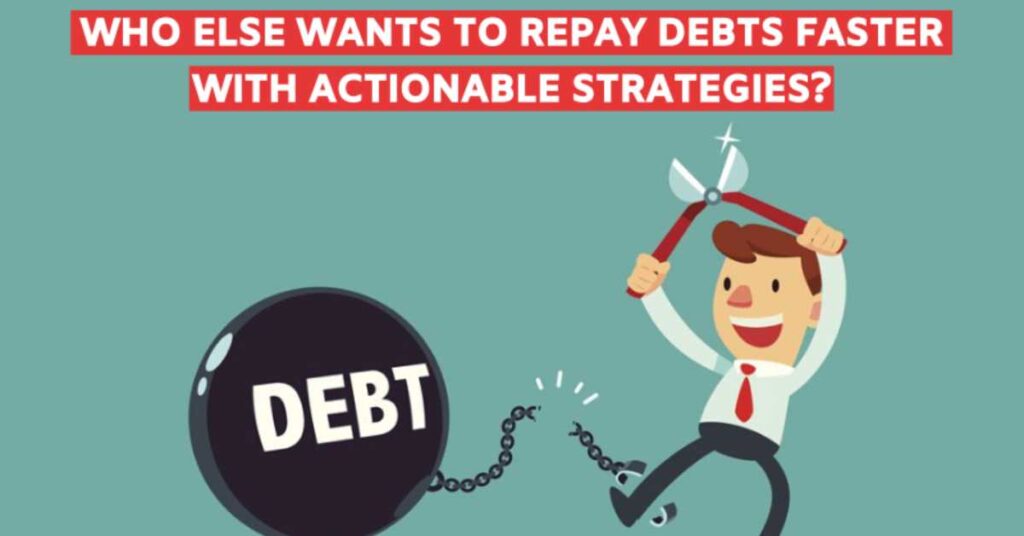
Struggling with debt can be a suffocating experience, affecting not only your financial stability but also your mental well-being. However, there is hope for a debt-free future. By adopting effective strategies and techniques, you can pay off your debts quickly, efficiently, and permanently. In this comprehensive guide, we’ll delve into 10 practical tips to help you tackle your debt, achieve financial freedom, and start building a brighter financial future.
From understanding the snowball method and avalanche approach to negotiating with creditors, consolidating debt, and boosting your income, we’ll cover it all. Our expert advice will empower you to take control of your finances, reduce stress, and make progress towards a life free from debt.
The first step to overcoming debt is to confront it head-on. Make a comprehensive list of all your debts, including balances, interest rates, and minimum payments. This will help you understand the scope of your debt and create a plan to tackle it. Be honest with yourself, and don’t hide from debt collectors or creditors.
Take responsibility for your debt, and acknowledge the impact it’s having on your life. By facing your debt, you’ll be empowered to take control and make positive changes towards financial freedom.
Establishing a realistic budget is crucial for debt repayment. Track your income and expenses to understand where your money goes. Allocate 50% for necessities like rent, utilities, and food, 30% for discretionary spending, and 20% for saving and debt repayment. Adjust categories as needed to free up more money for debt repayment.
Consider using the envelope system or budgeting apps like Money Dashboard or YNAB to stay organized. A well-crafted budget will help you prioritize debt repayment, reduce unnecessary expenses, and make progress towards financial freedom.
Focus on eliminating high-interest debts first, such as credit card balances, to save money on interest over time. Consider the avalanche method, where you prioritize debts with the highest interest rates, or the snowball method, where you tackle smaller balances first.
Paying high-interest debts quickly can free up more money in your budget to tackle other debts. Make a list of your debts, sorted by interest rate, and attack the highest ones first. This strategic approach will help you pay off your debts efficiently and effectively, saving you money and reducing stress.
Paying only the minimum payment on debts can lead to a longer payoff period and more interest paid over time. To accelerate debt repayment, try to pay more than the minimum payment each month. Even an extra £10-£20 can make a significant difference.
Consider using the debt avalanche or snowball method to prioritize your debts, and then allocate as much as possible towards the target debt. Making extra payments will help reduce principal balances faster, saving you money in interest and bringing you closer to financial freedom. Every extra pound counts!
Consolidating debt into a single, lower-interest loan or credit card can simplify payments and save on interest. However, be cautious of fees, terms, and potential credit score impacts. Ensure the new loan or credit card has a lower interest rate and no hidden fees.
Avoid consolidating debt into a new credit card with a high interest rate or fees. Consider a balance transfer credit card or a personal loan with a lower interest rate. Carefully review the terms and calculate the total cost before consolidating debt to ensure it’s the right move for your financial situation.

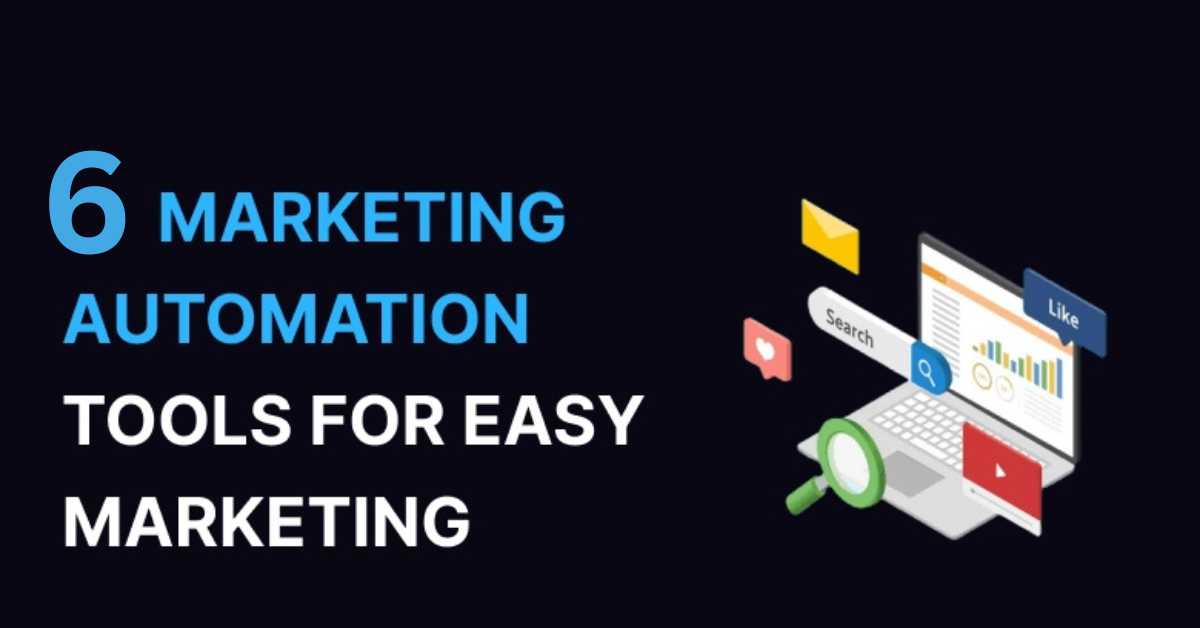
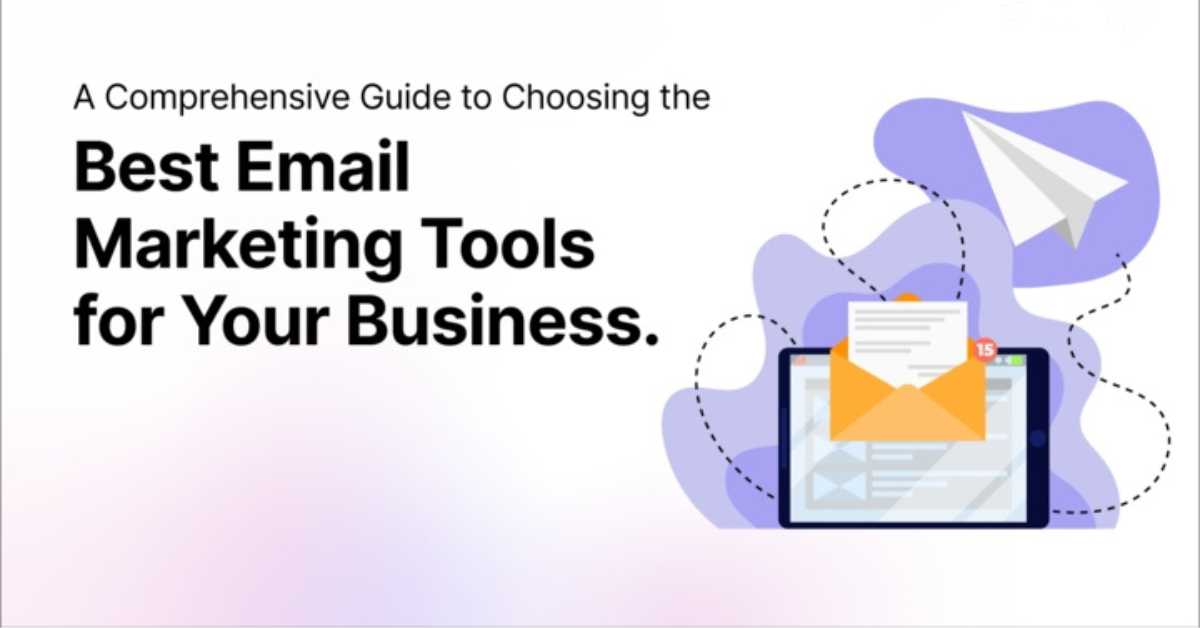


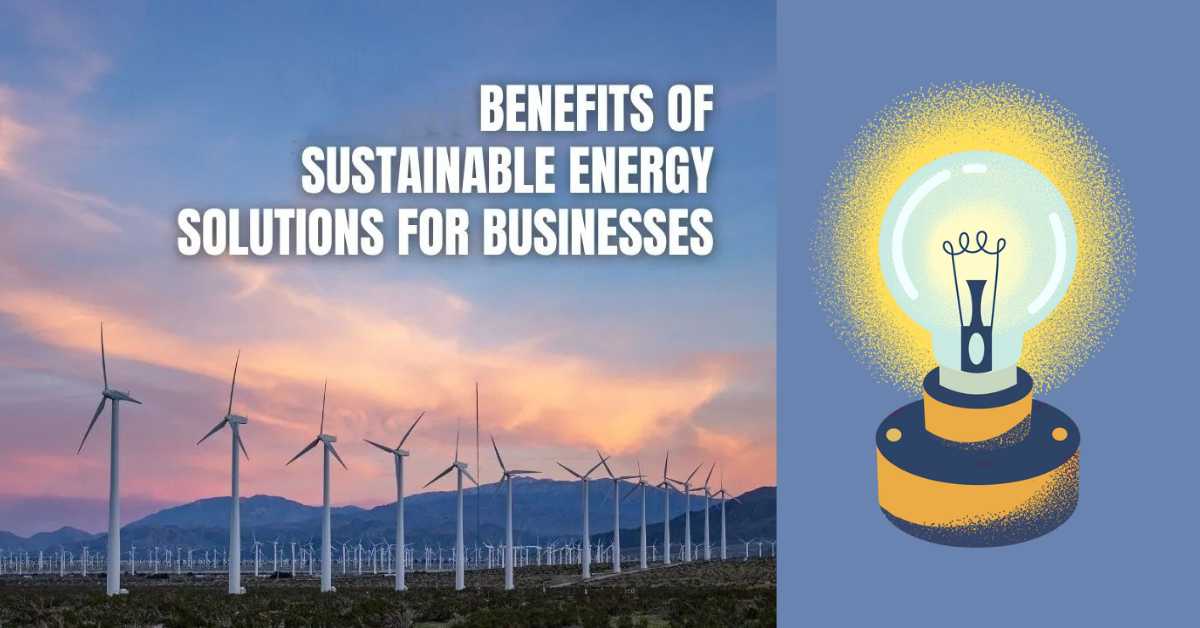

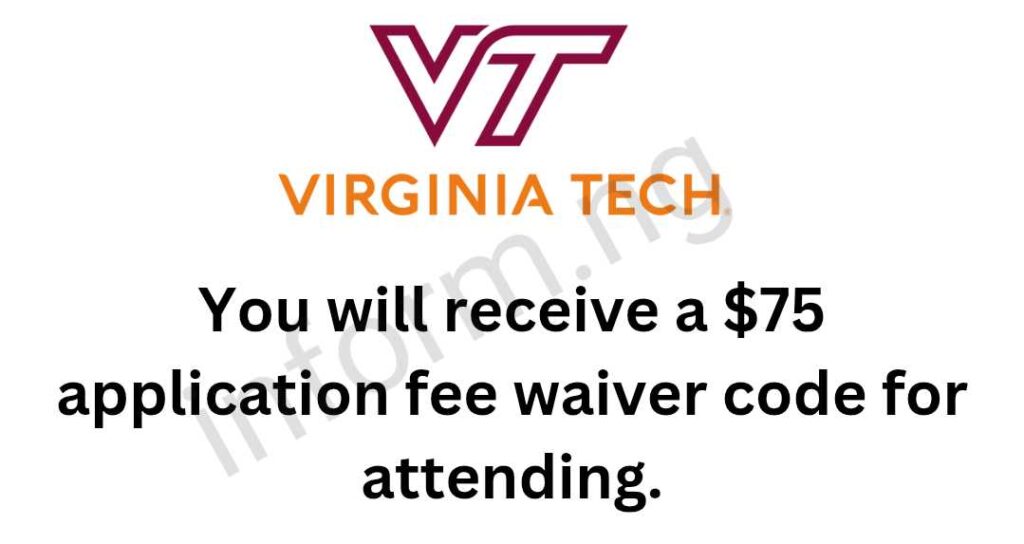




To provide the best experiences, we and our partners use technologies like cookies to store and/or access device information. Consenting to these technologies will allow us and our partners to process personal data such as browsing behavior or unique IDs on this site and show (non-) personalized ads. Not consenting or withdrawing consent, may adversely affect certain features and functions.
Click below to consent to the above or make granular choices. Your choices will be applied to this site only. You can change your settings at any time, including withdrawing your consent, by using the toggles on the Cookie Policy, or by clicking on the manage consent button at the bottom of the screen.
